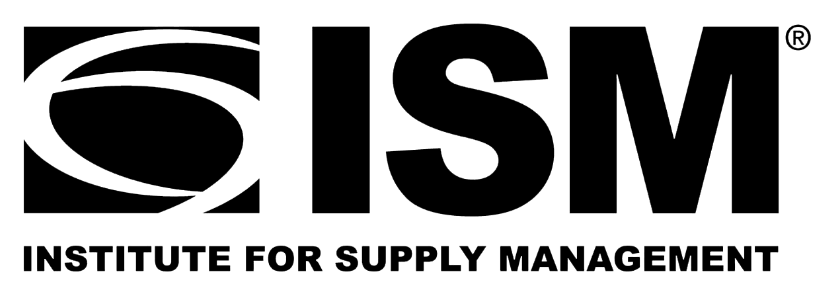Steel Products

ISM: Manufacturing growth down again in April
Written by David Schollaert
May 1, 2025
US manufacturing activity slowed for a second straight month in April, after trending up for most of Q1, according to supply executives contributing to the Institute for Supply Management (ISM)’s latest report.
The ISM Manufacturing PMI (Purchasing Managers Index) stood at 48.7% in April, off just 0.3 percentage points from 49.0% a month earlier.
A reading higher than 50% indicates the manufacturing economy is growing, while a reading below that shows contraction.
However, the overall economy continued to expand for the 60th month since last contracting in April 2020, ISM said. (A Manufacturing PMI higher than 42.3%, over a period of time, usually indicates an expansion of the overall economy.)
“In April, US manufacturing activity slipped marginally further into contraction… demand and output weakened while input strengthened further, conditions that are not considered positive for economic growth,” ISM Chair Timothy R. Fiore said in a statement on Tuesday.
The recent seesaw in activity from January through April comes after 26 straight months of contraction.
The New Orders Index remained in “contraction territory” despite sight improvement, registering 47.2% in April vs. 45.2% a month earlier, according to ISM.
Companies continue to “revise production plans downward,” as factory production contracted further in the face of economic headwinds, Fiore said.
Also, he commented that New Export Orders contracted again (43.1 % vs. 49.6%) due to the combination of slow overseas growth and the use of counter tariffs applied to US-manufactured products.
“The rate of decrease for the New Export Orders Index is the fastest since the coronavirus pandemic, and excluding COVID-19, the reading is the lowest since the Great Recession,” Fiore said.
In April, overall, fabricated metal products and primary metals were among the 11 manufacturing industries that reported growth.
Executive comments
A fabricated metals executive highlighted the growing concern and impact of tariffs on domestic manufacturing.
“There is a lot of concern about the inflationary impacts from tariffs in our industry. Domestic producers are charging more for everything, because they can,” the executive added.

David Schollaert
Read more from David SchollaertLatest in Steel Products

Final Thoughts
The difference: The spat with Turkey was a big deal for steel. This time, the 50% reciprocal tariff for Brazil – if it goes into effect as threatened on Aug.1 – hits everything from coffee and to pig iron. It seems almost custom-built to inflict as much pain as possible on Brazil.

CRU: US rebar and wire rod prices rise alongside S232 increase
CRU Senior Steel Analyst Alexandra Anderson discusses current market and pricing dynamics for long steel products in the US.
CRU: Excessive global supply could hit rebar mill investments in US
Following the onset of the war in Ukraine in March 2022, concerns about import availability and expectations of rising demand from President Biden’s Infrastructure Bill pushed US rebar prices to record highs. In response, a flurry of new mills and capacity expansions were announced to meet the rise in demand from growth in the construction […]

Steel buyer spirits tempered by soft spot market conditions
Steel sheet buyers report feeling bogged down by the ongoing stresses of stagnant demand, news fatigue, tariff negotiations or implementation timelines, and persistent macroeconomic uncertainty.

CRU: US stainless prices to rise on expanded S232 tariffs
Stainless prices in the US market will rise, following price increases by major US producers. Our base case scenario incorporates higher US prices in the near term, despite the initial negative reaction by the market. US stainless prices will go up in 2025 H2 and will stay elevated in 2026 as tariffs on stainless […]
